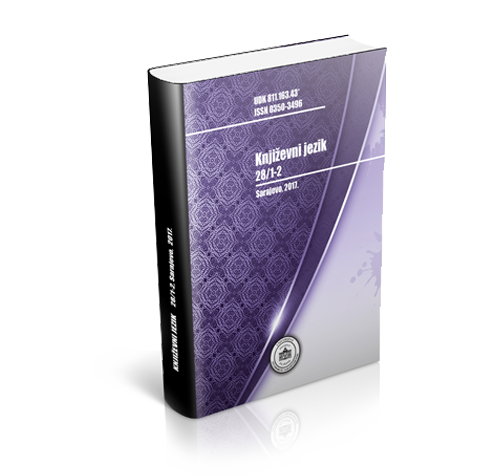
Verbalphrase und Verbvalenz, Deutsch im Kontrast 2
Review of: Miloje Đorđević, "Verbalphrase und Verbvalenz, Deutsch im Kontrast 2", Institut fur deutsche Sprache Mannheim, Julius Groos Verlag, Heidelberg, 1983. by: Marija Bačvanski
More...We kindly inform you that, as long as the subject affiliation of our 300.000+ articles is in progress, you might get unsufficient or no results on your third level or second level search. In this case, please broaden your search criteria.

Review of: Miloje Đorđević, "Verbalphrase und Verbvalenz, Deutsch im Kontrast 2", Institut fur deutsche Sprache Mannheim, Julius Groos Verlag, Heidelberg, 1983. by: Marija Bačvanski
More...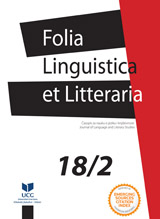
The concept of euphemism - which derives from Greek, involves the use of deliberately evasive or deceptive language. Euphemisms are nice-sounding words or phrases which are substituted for words thought to be harsh, crude or offensive. Political discourse is well-known to be a hotbed for euphemisms, since in this particular type of discourse the truth is not directly verbalized. Political euphemisms are used as an instrument of promoting certain policy measures, and are manipulated accordingly. For instance, by using vague and “loaded” language expressions the bitter, unpleasant content of the political message is modified and lessened. A case in point is the German proverb den Gürtel enger schnallen (Engl. to tighten one’s belt). If used in a political context, this figurative expression does not suggest immediate stringent saving measures, or even deprivation on the level of the individual, but rather an equal distribution of the unpopular frugal measures in times of economic crisis. The present study analyzes political euphemisms in Modern German and particularly focuses on their function and implications of their usage regarding current issues. The study demonstrates that Modern German is highly prone to political euphemistic encoding, the following categories in particular: syntactic phrases and sentences (mehr Eigenverantwortung übernehmen, Arbeitsgelegenheit mit Mehraufwandsentschädigung (‚Ein-Euro-Job‘), Wir schaffen das!), complex lexical items (Nullwachstum, Rettungspaket, Hartz IV-Empfänger (instead of ‚Arbeitslosengeld II-Empfänger‘), idioms (in einem Boot sitzen, Engl. We‘re all in the same boat), words for special purposes and foreign words (Integration instead of Eingliederung, Segregation instead of Abschottung, Minijob/ Midijob instead of geringfügige Arbeit, Rationalisierung instead of Abbau von Arbeitsplätzen) and acronyms (BASU 21 (‚besonders auffällige Straftäter unter 21 Jahren‘).
More...
In order to depict complex political contents, newspaper reporters often use picturesque and expressive terms. Phrasemes are especially adequate for these purposes because of their expressivity, idiomaticity, motivation as well as picturesque qualities. The aim of this research paper is to establish similarities and differences between the Croatian and German language based on the description and systematization of the Croatian and German phrasemes found in political articles by the means of contrastive analysis. The aim of the research is based on the hypotheses that (1) on account of their expressivity, phrasemes are used in political journalism in order to depict complex political contents, that (2) they mostly represent semantic groups Social World and Basic Phenomena: Man-World, as well as that (3) they fulfil the pragmatic function of the emotionally colored attitude of the speaker regarding a topic and the subsequent influence on the emotions of the reader. For the purpose of this research paper, phrasemes from the German newspapers Die Zeit and Der Spiegel and the Croatian Globus and Nacional are analyzed.
More...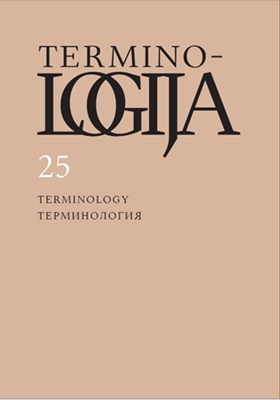
This article is devoted to studying of the economic discourse and its lexical components by means of a cognitive discursive analysis. Lexical units play a special role in accumulation, modification and transfer of knowledge which are result of cognitive activity, in our case – activity of participants of interactive communication in computer forums on economics. The analysis of communication’s lexical components in economic forums within a cognitive discursive methodology allows to consider experience of other approaches in linguistics and to represent the vision of communication’s components. In our research we consider an economic forum (electronic conference) as a macrounit. The forum as a macro-unit consists of sub-forums which reflect the most actual components of a concrete macro-unit. Sub-forums are represented by discussion of subjects. The subject, as a rule, is a conceptual core of discussion and is realized in statements/messages. The method of cognitive discursive analysis includes the text analysis, identifications of the electronic text’s units and its analysis, identification of concepts and the background knowledge relating to the discourse. The conceptual analysis lets us to study the conceptual structure of a macro-concept, to trace in what way it represents the reality and what concepts are dominant at the moment. Such method enables to estimate and to analyse an overall picture of the studied discourse that assumes for example, a search of subjects, keynotes and images. Such revealed subjects help to form special frame models and to demonstrate the integrated character of a discourse.
More...
The article focuses on the analysis of banner words and phrases – the method of research originally conceptualized and tested by Walery Pisarek in the Press Research Centre in Kraków. The very methodology is pictured by its roots, basic features and lines of development, particularly within the context of the Centre’s research experiences and resources of the ‘golden era of 1970–1980’. Walery Pisarek himself attempted to develop this method in the close context of politolinguistics – a relatively new (in Poland) sub-discipline of the humanities, aiming at an explanation of the relations between extra-linguistic reality (mainly politics), the language used to describe politics and politicians’ language. In his conceptual works Pisarek was combining the general assumptions of philosophy of language and political speech with the assumptions of axiology, successfully trying to incorporate this methodology into empirical media and communication knowledge. The method of banner words analysis, thus, draws extensively from semantics, linguistics, key words analysis, philosophy of values but also from sociology, opening a convincing approach to an empirical diagnosis of social awareness, based on the respondents’ selection of their most relevant positive banner words (miranda), as well as the negative ones (kondemnanda). Following its methodological aspects, the text discusses the case of a national representative survey, carried out in the Press Research Centre between 1990 and 1999, with the focus on Polish banner words reconstruction, their rankings, systems and semantics. The original methodology of Walery Pisarek has been followed up by his students, who have been blazing the trail for future implementations of this method.
More...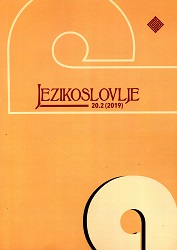
This special section of Jezikoslovlje is the fortunate result of papers on multimodality (crossmodality) and embodiment presented at the Third International Symposium on Figurative Thought and Language (FTL3) on April 26–28, 2017 at the Faculty of Humanities and Social Sciences at the University of Osijek, Croatia. The objective of the three-day symposium was to further a forum that discusses the links between figurative thought and language. Two previous events had been held in Thessaloniki - Greece (2014) and Pavia - Italy (2015), one has since been held in Braga - Portugal (2018), and one other is currently planned in Sofia – Bulgaria (2020).
More...
The objective of this paper is to examine a corpus of Croatian phraseological units about death and dying with particular regard to their euphemistic, i.e. dysphemistic potential. We then explore whether their euphemistic or dysphemistic potential can be related to the same or different cognitive mechanisms. Our working hypothesis is that euphemisms are more readily grounded in cognitive metaphors, since, as a two-domain model, conceptual metaphor enables a conceptual shift between domains, i.e. from a traumatic taboo target domain into a more pleasant and communication-friendly source domain. Dysphemisms, in turn, are more closely related to conceptual metonymy, a cognitive mechanism where the source and the target components, i.e. the vehicle and active zone remain within the same conceptual domain. As such, conceptual metonymy does not allow for the conceptual “escape” from, but rather highlights some aspects of the traumatic target domain. To assess the plausibility of this hypothesis, we conducted a survey among 49 speakers of Croatian, examining the Croatian phraseological inventory related to the semantic field of death and dying and interpreted the findings in light of the cognitive linguistic approach to metaphor and metonymy. The results have shown that over half the phraseological units examined are used euphemistically, with the conceptual metaphor DEATH IS A DREAM accounting for the majority of those examples.
More...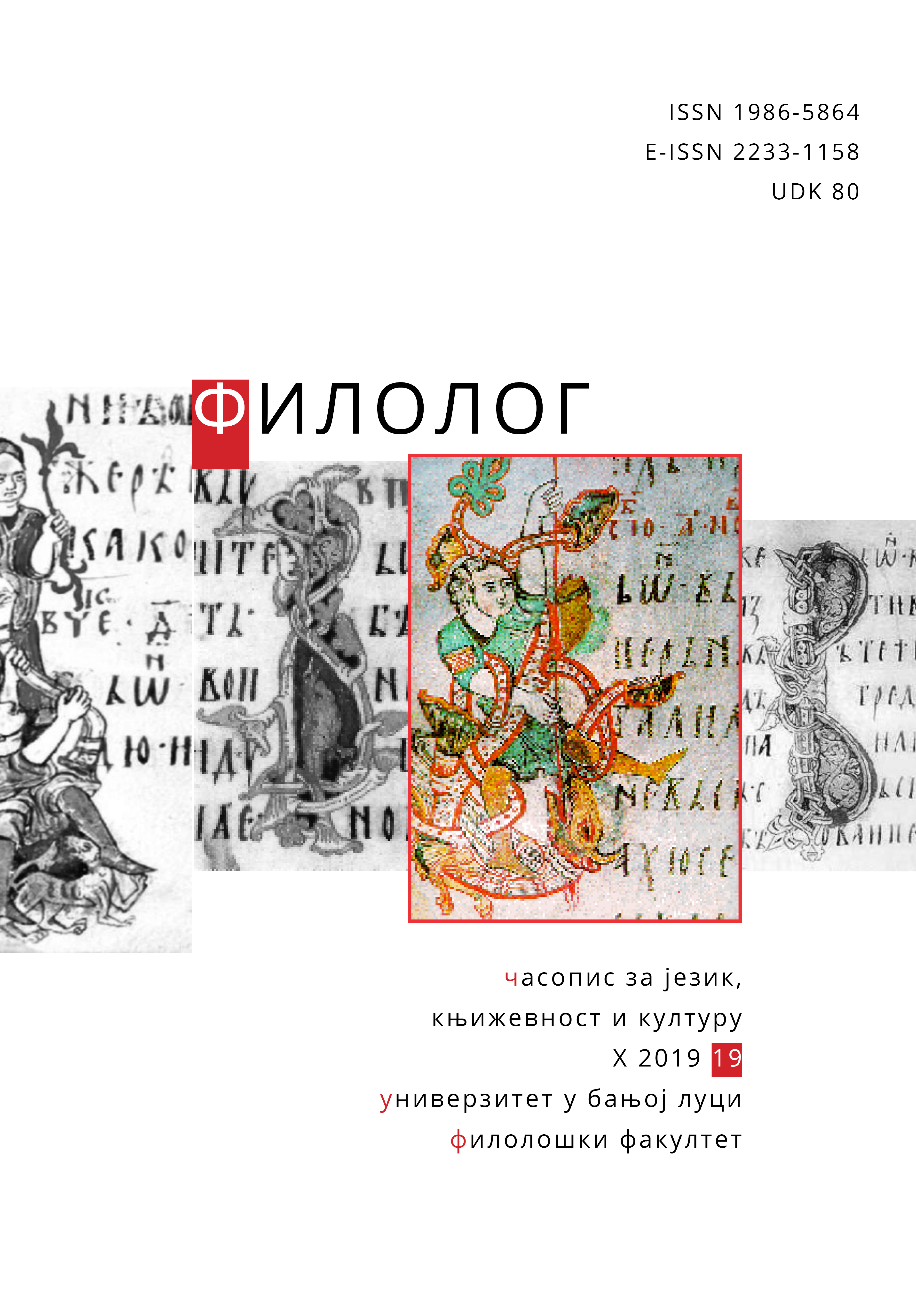
In this article, we present a description of verbal phraseological units with clitics without an expressed nominal reference. After detailing the morphosyntax of the clitics in some of the main phraseological units, extracted from several dictionaries of Costa Rican Spanish, we detailed the treatment that these units have received in the works consulted and, based on the morphosyntactic analysis, we showed the limitations on their definitions. Finally, we addressed the problem of the lemmatization of this type of phraseological units.
More...
This paper discusses the importance of modal adverbs and its implications for researching modality in general on examples from the English and Serbian languages and points to some theoretical lackings in Serbian literature on modality. The analysis of the corpus examples is based on the theory of modality as epistemic deixis with the aim of showing that epistemic modal adverbs express the notion of degree on an epistemic scale in a way that traditionally discussed modal verbs are unable to do. The semantic gradability of modal adverbs is discussed in epistemic contexts where they can occur on their own, or collocate with modal verbs. The paper also focuses on combinations of epistemic adverbs with other adverbs that have an effect on the degree of modality expressed, either a heightening or lowering effect.
More...
The precise transmission of stylistic marked language units in which the segments of the spiritual and material culture of man are recorded, the transmission of meaning in translation is an extremely demanding task and presents a special challenge for the interpreter. We would say that this task is even more emphasised when the interpreter faces the translation of a poetic text. In this paper we deal with the phraseological challenges of translating poetic text from Russian into Serbian. The material consists of Ana Ahmatova's poetry and three Serbian translations: 1) a translation by Miodrag Sibinović (according to 1999 edition), 2) a translation by Tomislav Šipovac (according to the 1995 edition), 3) and a translation by Marko Udovičić (according to the 2010 edition). In the analysis of the material, we also used the translation of Fikret Cacan (according to the 1989 edition). Furthermore, we used translations of Zlata Kocić and Lav Zaharova (according to the edition of Anthology of Russian poetry XVII-XXI century from 2011). We also used Russian and Serbian dictionaries to interpret phraseological units. Our main task in this paper was to extract a number of phraseological units from Ana Ahmatova’s poetry, to classify them according to phraseological genres and to analyse translation solutions, as well as to provide our opinion on the abovementioned translations. We also applied the methods of excerption and contrast analysis. As the theoretical basis for the work, we used Slovenian phraseology literature. And for the description of the analysed corpus, we used the dictionaries listed in the bibliography.
More...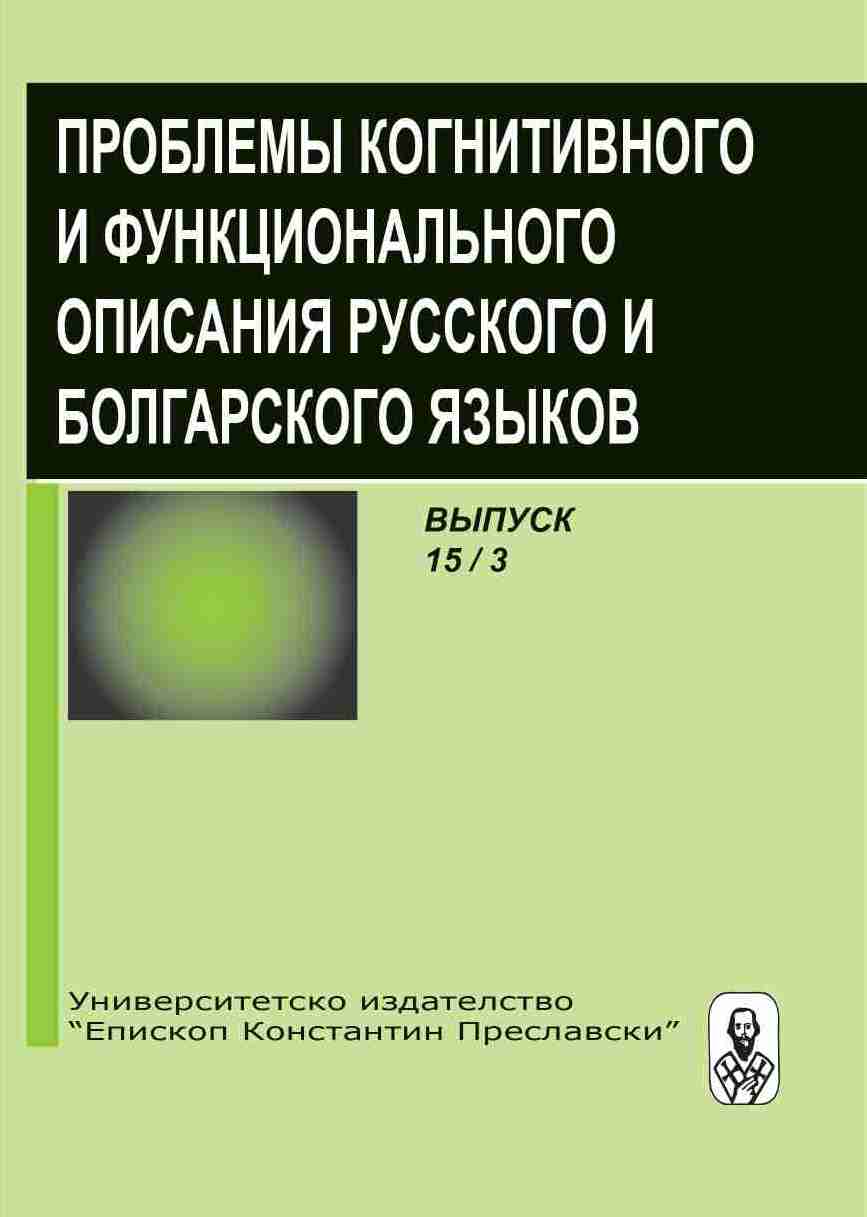
The article considers a group of syntactic phraseological units used to express agreement / refusal to perform an action that the interlocutor asks or offers to perform in the replics-reactions of the dialogue. The research is carried out on the material of Russian colloquial speech and works of fiction. The analyzed constructions represent a certain scale and allow the speaker to express a variety of options for agreement / refusal: from an enthusiastic agreement and to a categorical, decisive refusal. The authors emphasize the relevance of considering this group of units in the aspect of teaching Russian as a foreign language.
More...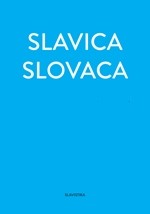
The study focuses on three biblical phrasemes: umývať si ruky [to wash one’s hands], kto seje vietor, zožne búrku [He who sows the wind, shall reap the whirlwind], Ako kto seje, tak žne [Whatever a man sows, that he will also reap]. It discusses them in relation to their source texts, confronts their vitality in the usage of the respondents of the young generation on the basis of questionnaire research in three languages (Slovak, Czech and Russian), as well as in intra- and interlinguistic relations (three-generation comparison of Slovak and Czech). The intertextual dimension is applied not only in relation to the proto-text (the Bible), but also in the recording of the way they are applied in written texts. The material starting point is the Slovak National Corpus.
More...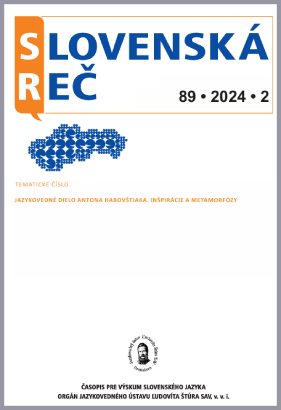
The works of A. Habovštiak focusing on dialectal phraseology, published in the 70s and 80s of the 20 th century, can still be considered the pinnacle of that line of scientific approach to dialectal phraseology, in which dialectal phraseology is investigated by the method of linguistic cartography in order to obtain an idea about its territorial division and thus supplement the knowledge about the division of the Slovak language territory by including the missing phraseological aspect. The dialectal phraseological material with which A. Habovštiak works gave an opportunity to explore also the multidimensional relationships of discussed phraseological units (form, motivation, imagery). The theory of phraseology in cooperation with dialectal theory helped and is currently helping to find answers to the questions that are related to these relationships. For the author of the article, the terminological question (the term tautonym) turned out to be particularly stimulating, in the context of the recorded conceptual variability of the term tautonym in the Slovak linguistic tradition and in view of the recently proposed implementation of the term dialectal phraseological tautonym/tautonyms into the terminological system linked to dialectal phraseology.
More...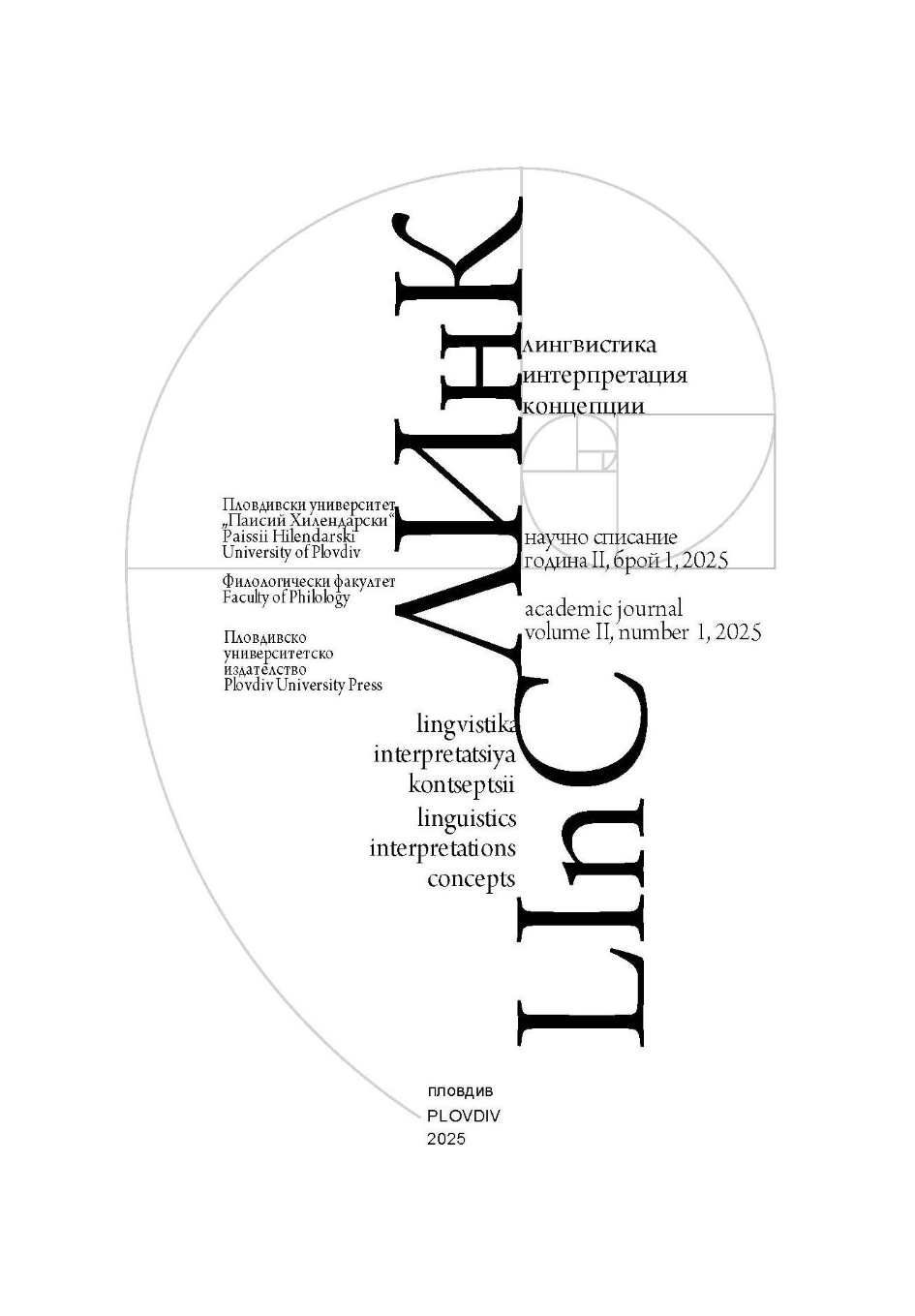
The article examines the Bulgarian surnames, which are based on Turkish loanwords that have established themselves in the Bulgarian language. It should be noted that the original source of these Turkish loanwords may be a lexeme of Arabic or Persian origin. The empirical material is limited to those surnames that are motivated by a lexeme with the semantics of profession or craft. Bulgarian surnames from the end of the 19th century to the beginning of the second decade of the 21st century have been extracted. When studying the target group of anthroponyms, both possible linguistic relations and those of an extralinguistic nature are considered. The field of research includes synonymous relations between anthroponymic units, the formation of thematic circle, or the so-called “semantic sockets”. When presenting the synonymous relations between surnames motivated by a Turkish loanword and those with a domestic basis, it is not always easy to establish which form arose first (cf. Dyulgerov and Zidarov, Chobanov and Ovcharov, Kuyumdzhiev and Zlatarov, Domuschiev and Svinarov, etc.). The examples, as will be clear from the presentation of this research, are indicative of the entry of Turkish vocabulary into the Bulgarian language, which also affects the surname system of the Bulgarians. This leads to the parallel existence in our language of surnames inspired by lexemes of different origins
More...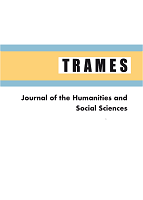
Swedish missionaries, through the ‘Swedish Mission Press’ established in Kashgar, East Turkestan, published numerous works from the early to mid-20th century in Eastern Turki to introduce Christianity to the Muslim Uyghur community. There are several particular features in the language and style employed in these works. This study aims to examine the terms used to express concepts related to God (the Father and the Son), the Bible, the Apostles, Jesus’ disciples, and ‘belief in God’ in eleven books published by Swedish missionaries in Kashgar to promote Christianity. The study concludes that Arabic and Persian terms related to Islam, which are easily understood by the Muslim Uyghur community, are frequently used in these works to introduce Christianity. This choice demonstrates that concepts already familiar to the Muslim Uyghur community are deliberately utilized in explaining and promoting Christianity.
More...
The study of the writer's language and style has a great place in the Georgian linguistic literature, because as Akaki Shanidze points out, a full and comprehensive appreciation of the writer's work is possible only when the form in which he expresses his thoughts and feelings is taken into account, i.e. if his language is studied. The linguistic world of Otar Chkheidze is outstanding. The writer is generally noticed by a peculiar selection of different linguistic codes and description types. His special, unique style comes from literary traditions and is the result of research. In the present work, some linguistic and stylistic features of Otar Chkheidze's novel "White Bear" are discussed, in particular, the focus is on the function of phraseology, paremic expressions or aphorisms, the relationship with dialect vocabulary, the ‘O’ of other words, the nominative ‘I’ (vowel-based nouns) and emphatic On the frequency of use of ‘A’ and the stylistic purpose of repetition.
More...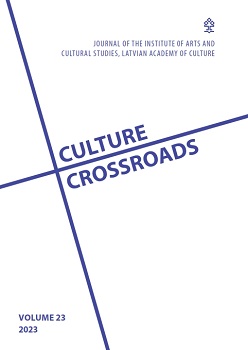
Phraseology, often considered a supplementary discipline in the past, now occupies a central place in many fields as an object of interdisciplinary research for cross-cultural and cross-linguistic studies in general and cognitive linguistics, pedagogy, translation, corpus and computational linguistics, lexicography, and psychology. Two databases in Latvian and English are used to extract phraseological units (PUs) with the keyword “head”. The article aims to identify, compare and contrast metaphorical and metonymic Latvian and English phraseological units, discussing the similarities and differences in meanings of the base form of a phraseological unit (PU) and its use in every analysed case. Since metaphor and metonymy are central thought patterns in cognitive linguistics, testing their function in PUs is crucial. Metaphorical and metonymic Latvian PUs and their English counterparts are examined in the cognitive linguistic framework, analysing conceptual metaphors and conceptual metonymies. Corresponding pairs of PUs are studied as one set to establish if they will function similarly. It can be concluded that pairs of PUs in both languages have the same structure, convey equivalent meanings and even have the same type of conceptual metonymy: a part stands for the whole, for instance, divas galvas (ir) gudrākas nekā viena (two heads (are) smarter than one) and its English counterpart: “two heads are better than one”.
More...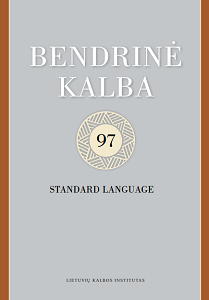
The abundance of examples and definitions from dialects and folklore in dialect dictionaries makes these dictionaries a source to rely upon. For the very same reason, dialect dictionaries carry the important meaning of authentic texts. This article scrutinises the linguistic and cultural image of wheat, one of the four grain staples in Lithuania, as highlighted by the data from the big Dictionary of the Lithuanian Language and other sources of Lithuanian lexicography. The word wheat is known and used across all dialects of the Lithuanian language. The study focuses on the connection between wheat and the human existence and folk culture, the value that it provides to the human being, and the value wheat holds compared to other grains. The amount of data on wheat available in lexicographical sources makes it possible for the cultural image of this plant to be analysed using the methodology developed by the ethnolinguistic school of Lublin. Notably, dialect dictionaries offer material that is much more limited in scope compared to folklore narratives. However, if one were to rely on the latter, dictionary material can prove to be a sufficient source for ethnolinguistic information about the linguistic image of plants.
More...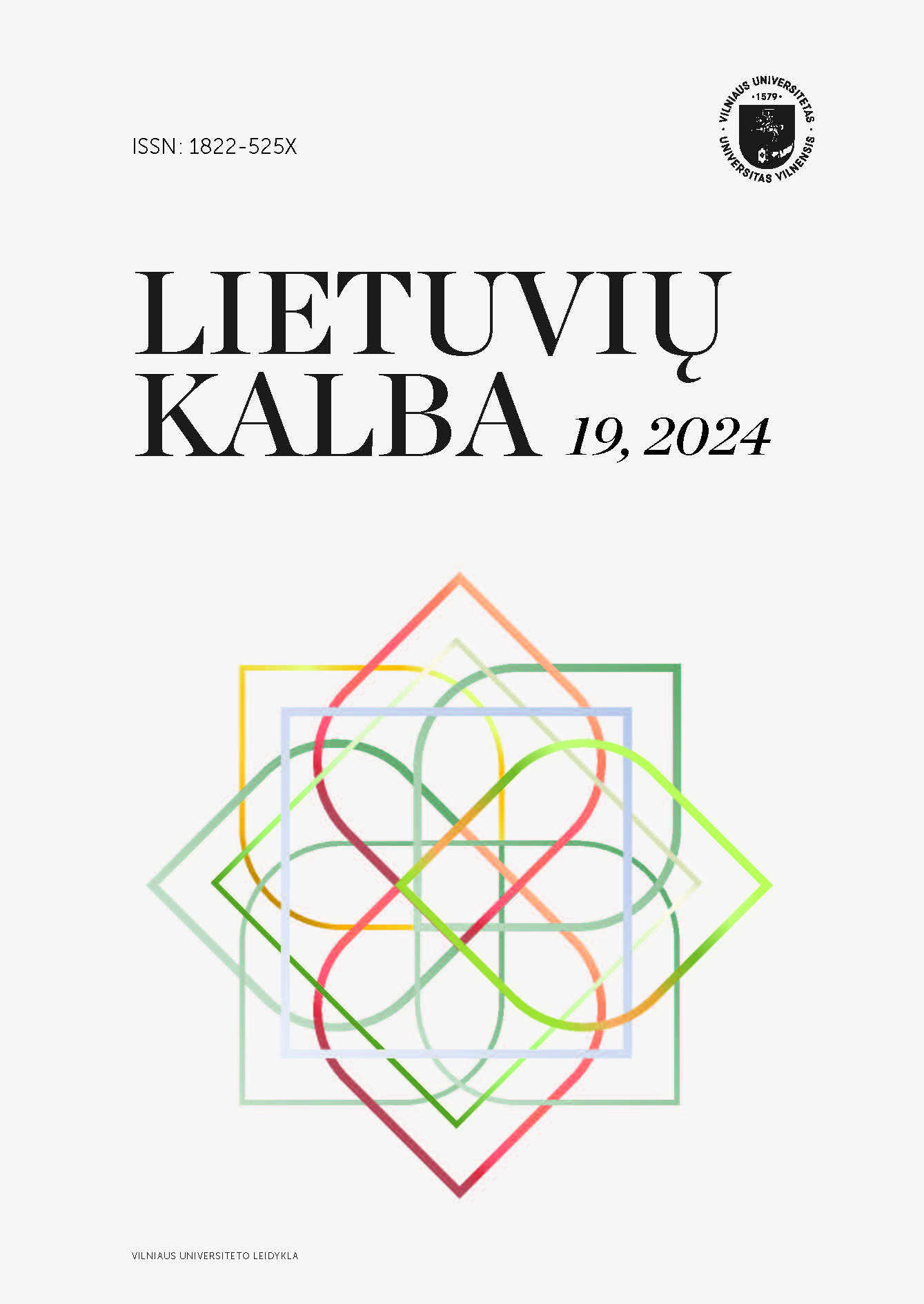
This article constitutes a continuation of the publication ‘Measuring Pronunciation: A Discursive Research Model’ (Kardelis, 2023).The primary objective of the paper was to apply the discourse model of dialectality measurement and to assess its implementation of the behavioural dimension of the trinomial model of language attitudes. The objective of the study was to empirically examine speakers’ attitudes towards the utilisation of dialectal language in informal settings with family members and friends from their native land. To this end, two tasks were identified: firstly, to present the course of the research and discuss the results, and secondly, to outline the research perspectives. The methodological principle of the study was the link between the cognitive and the emotional ↔ behavioural dimension. In essence, the methodology involved a dual-faceted approach: first, to ascertain whether informants employed dialectal language in informal settings with family members and friends from their country of origin; and second, to examine the practical implementation of this linguistic phenomenon. The most significant finding of this study is that the proposed discursive model of dialect measurement research functions in principle, yet it remains to be refined. The study also demonstrates the feasibility of collecting data for the model remotely. Secondly, the study yielded noteworthy insights concerning the utilisation of questionnaires in survey research. The study demonstrates that questionnaires alone cannot be relied upon to explain dialect. This is evidenced by the finding that respondents’ self-reported dialect use, in terms of its circumstances and frequency, is subject to a conflict between objective and subjective dialect. This conflict cannot be resolved by questionnaires alone and further research is required. The calculation of the dialect index according to the formula developed in this study demonstrated that, with one exception, RAP informants are more ‘dialectal’ than RAU informants with respect to objective dialect. It is important to note that it is not possible to draw any broader generalisations from a selection of several or even a few dozen informants on one or another of the points under study. The snowball method, a favoured approach among sociolinguists and dialectologists, may appear advantageous in terms of material collection. However, it is crucial to recognise its inherent limitations, the most significant of which revolves around its randomness. It is challenging to identify patterns within randomness, particularly when attempting to achieve a comprehensive overview. Consequently, a dilemma arises in the pursuit of an objective portrayal of the dialectal landscape of the Lithuanian language, its characteristics, and the indices that define it. This challenge is not merely a methodological or technical problem, but rather a complex one that demands resolution. A further challenge lies in the monitoring process within the domestic environment, a prerequisite for achieving an objective and reliable measurement of dialectal variation.
More...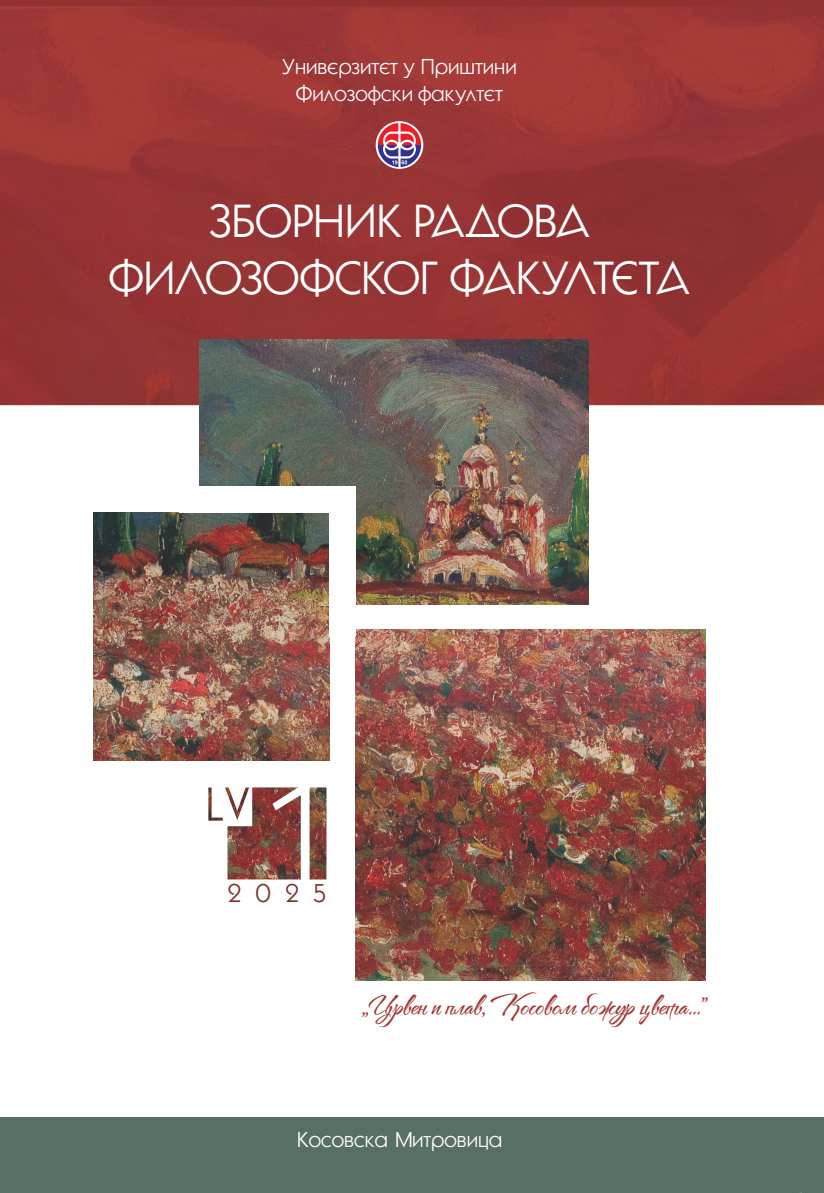
The present paper provides the usage of phraseological units in newspaper headlines during the Ukrainian crisis which are analyzed with the aim of examining how idioms in media headlines impact the overall message being conveyed and its interpretation by recipients. The corpus consists of newspaper headlines collected from various online portals (rts.rs, blic.rs, nova.rs, rs.n1info.rs, informer.rs, politika.rs). We selected ideologically diverse media sources to examine how different media outlets inform about the same events. As control sources for this research, we used the Dictionary of Serbo-Croatian Literary and Folk Language of the Serbian Academy of Sciences and Arts, the Dictionary of the Serbian Language of the Matica Srpska, Josip Matešić’s Phraseological Dictionary of Croatian or Serbian Language, and Đorđe Otašević’s Phraseological Dictionary of the Serbian Language. The identified phraseological units were semantically classified and analyzed based on their expressive value, and then interpreted from the perspective of critical discourse analysis.
More...